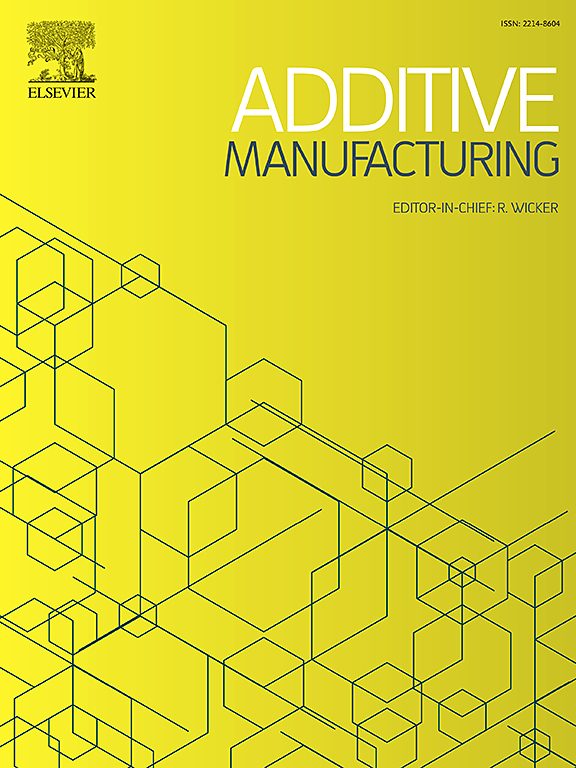Strategic layer reworking using hybrid additive manufacturing for defect-free ceramic parts
IF 10.3
1区 工程技术
Q1 ENGINEERING, MANUFACTURING
引用次数: 0
Abstract
Hybrid manufacturing combines additive and subtractive processes to create parts of high precision and density. However, extrusion-based processes are susceptible to stochastic defects such as voids, which lower yield and worsen material properties, leading to premature failure of components. This research demonstrates deep learning informed selective layer reworking for a ceramic hybrid additive manufacturing platform. We evaluate each layer in-situ for under and over extrusions using a vision-based monitoring system and a YOLOv8 model trained on a custom dataset. Through closed-loop control, a decision to repair defective layers via subtractive operations, prior to reprinting, was made using conditional gcode programming based on the results of the YOLOv8 model. The YOLOv8 model detected voids with a precision of 91 %, and a mean average precision of 83.5 % across both defect classes. Through CT analysis, it was determined that reworking achieved a 68 % reduction in void content compared to uncorrected parts, showcasing the potential of hybrid manufacturing in the creation of defect-free parts.
求助全文
约1分钟内获得全文
求助全文
来源期刊

Additive manufacturing
Materials Science-General Materials Science
CiteScore
19.80
自引率
12.70%
发文量
648
审稿时长
35 days
期刊介绍:
Additive Manufacturing stands as a peer-reviewed journal dedicated to delivering high-quality research papers and reviews in the field of additive manufacturing, serving both academia and industry leaders. The journal's objective is to recognize the innovative essence of additive manufacturing and its diverse applications, providing a comprehensive overview of current developments and future prospects.
The transformative potential of additive manufacturing technologies in product design and manufacturing is poised to disrupt traditional approaches. In response to this paradigm shift, a distinctive and comprehensive publication outlet was essential. Additive Manufacturing fulfills this need, offering a platform for engineers, materials scientists, and practitioners across academia and various industries to document and share innovations in these evolving technologies.
 求助内容:
求助内容: 应助结果提醒方式:
应助结果提醒方式:


